

To master the skills of DDTank and be considered among the elite players, you need to practice what most of the players easily skip: The Basic Skill. Unless using the basic skills becomes your second nature, you cannot proceed to be a good DDTank player. So let us see what basic skills are.
You need to know that three things determine where your weapon is going to land:
Measuring the distance is very easy. During the battles, there is a small screen at the top right corner of the screen which shows the whole level containing a small white box which you can click on and drag to navigate around the level. You can use this white box to measure the distance between you and the enemy. The white box is 10 units long so if you are at one edge of the box and enemy is at the other, the distance between you and the enemy is 10 units, if you are at the edge and enemy is at the center, the distance is 5 units and so on. But in the reality, getting the enemy at the other edge or at the center is as rare as Jacksonville Jaguars winning a match so you will have to approximate the distance. If you are not good at approximation, don’t worry, practice and constant loss of matches will teach you –if you are not as bad at learning lessons as Jacksonville Jaguars.

Your attacking angle is the angle at which you throw your weapon towards the enemy. The angle is shown by a meter at the bottom left corner of the screen and can be changed using up and down arrow keys.
When your turn comes, you attack by pressing space key. The duration for which the key is pressed determines attack power. A bar at the bottom of the screen shows attack power. The bar also shows attacking power of your previous attack for your convenience. This tutorial will tell you in detail how to adjust your attack power and attacking angle prior to the attack for a perfect precision. For now, focus on measuring the distance and adjusting angle and attack power.
DD Tank makes things interesting by adding windforce to the gameplay. Depending upon the direction and speed of the wind, you will have to increase or decrease your Attack Angle and Attack Power. If the wind is blowing in the direction of the attack, it is called tailwind. If it is against the direction of attack, it is called headwind. This article shows in detail how you need to adjust the angle and attack power based on the wind. Stay tuned!
Fight is not all about damage, or speed. It is about the strategy. A good fighter is the one who has an ability to survive in the hard times. Whenever your HP is dangerously low or an enemy is hiding at a position where hitting him is difficult, use paper plane to teleport to a location where you can hit the enemy better than he can hit you. The proper use of Paper Plane needs practice though, or you can land right in front of the enemy. Next thing you know, you are not in the game anymore.
Even after knowing the exact distance from enemy and windforce, it is not easy to hit the enemy. You can use hit and trial method which will work for initial stages but after a while, you will need to establish a technique.
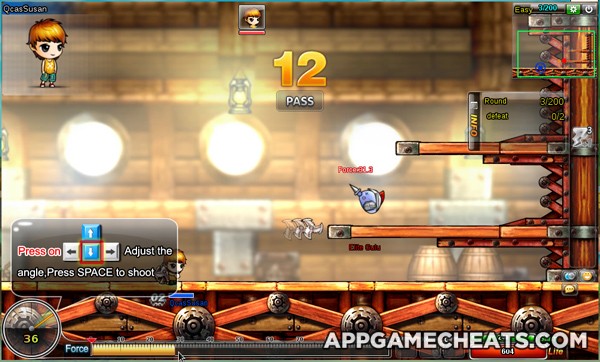
Below are the attacking techniques you will use in the combat. Selection of techniques depends on the distance at which the enemy is located and the damage you intend to inflict.
30 Degree Angle Strike
The 30 Degrees Technique is the first technique you need to master on the road to becoming a DDTank pro. To begin with, your angle should be 30 degrees. After you have measured the distance between you and the opponent, you can find out the force needed from the table below.
Distance
Force
Distance
Force
1
14
11
50.2
2
20
12
52.8
3
24.7
13
55.3
4
28.7
14
57.9
5
32.3
15
60.3
6
35.7
16
62.7
7
38.8
17
65.7
8
41.8
18
67.5
9
44.7
19
69.8
10
47.5
20
72.1
But we are forgetting one main factor during our calculations: The wind force. The initial angle, which was 30 degrees, will be changed with the same amount as intensity of the wind. The angle will be increased for the tailwind and decreased for the headwind. For example, if the distance between you and the enemy is 5 and the wind is tailwind with intensity 3, you should set the angle to be 33 degrees and force to be 32.3. If it were the headwind with intensity 3, we would have decreased the angle to 27 degrees. You need to be completely comfortable with the 30 degrees skill to move towards more advanced skills.
50 Degree Angle Strike
After you have mastered the 30 degree angle strike, it is time to move towards some advanced techniques which inflict more damage. These advanced techniques use higher angle which cause the weapon to go higher in the air which is the reason behind more damage. The attack 50 degree angle strike is almost the same as 30 degree angle strike. The only difference is the wind force adjustment. Due to higher angle, the weapon stays in the air for longer and therefore is affected more by the wind. The angle adjustment will be double of the wind intensity. The angle will be increased for tailwind and decreased for headwind.
The formula will be Attack Angle = 50 +/- (2*wind intensity).
For example if the distance between you and the enemy is 7 and headwind is blowing with an intensity of 2.5, the angle will be 45 degrees. Power will be 39. The powers of 50 degree angle strike are almost the same as 30 degree. But if you strive for perfection, the exact table is given below.
Distance
Force
Distance
Force
1
14.1
11
50.5
2
20.1
12
53.0
3
24.8
13
55.5
4
28.8
14
58.0
5
32.5
15
60.5
6
35.9
16
63.0
7
39.0
17
65.5
8
42.0
18
68.0
9
44.9
19
70.0
10
48.3
20
72.5
65 Degree Angle Strike
The 65 degree angle strike is different from the 30 and 50 degree angle strikes. Its high angle inflicts more damage and needs more power. The adjustment of 65 degree angle is the same as 50 degree angle strike. The angle is increased/decreased twice as much as the wind intensity. The base angle as you may have guessed is 65 degrees.
For example if the distance between you and the enemy is 13 and tailwind intensity is 2.5, the angle will be 70 and force will be 64. If it were the headwind, the angle would have been 60 degrees.
Here is the table for force calculations.
Distance
Force
Distance
Force
1
13.0
11
58.0
2
21.0
12
61.0
3
26.0
13
64.0
4
31.5
14
67.0
5
37.0
15
70.0
6
41.0
16
73.0
7
44.0
17
76.0
8
48.5
18
79.0
9
53.0
19
82.0
10
56.0
20
85.0
Semi Throwing Angle Strike
Until now, the techniques we discussed need the player to take in account the distance and wind and change their force and angle according to that. While the angle calculations are simple, force calculations are not. The player is given only a few seconds to react and the player needs to remember the forces needed with respect to the distance. Now we are going to discuss two techniques which do not need tables or cramming and thus save the player a lot of hassle.
They also inflict far more damage than 30, 50 and 65 degree angle strikes. That being said, it should also be kept in mind that you should only practice these advanced techniques after you have completely mastered all angle strike techniques. They are not the best but you need to learn the game rhythm, how to shoot and how to survive attacks. Take it nice and slow.
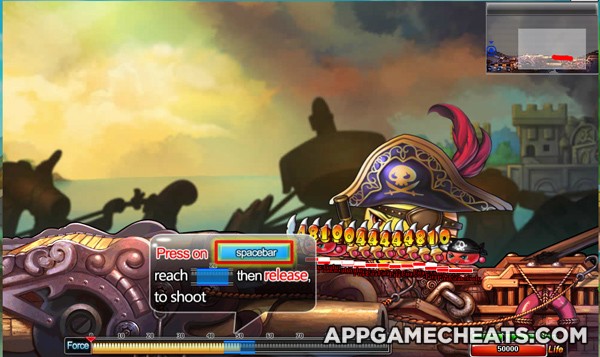
In the semi throwing angle strike, the force is constant: 60. The basic angle of attack is 90 and is adjusted according to distance and wind power.
Here is the basic formula: Angle = 90 – (2*distance) +/- (wind intensity*2)
The angle will be increased in case of tailwind and decreased in case of headwind. For example, if the distance is 7 and headwind force is 3, the angle will be 90 – (2*7) – (2*3) = 70. We would have increased the angle in case of tailwind. The force will always be 60. It is that simple! Not as simple as it looks if you have not mastered 30, 50 and 65 degree angle strikes.
High Throwing Strike
Our last technique for weapon launching is the strongest one and must for every DD Tank master. High strike is the same as semi strike other than the attacking power. The semi attack uses 60 power thus using only partial power of the weapon whereas High Throwing strike uses 95 power thus using far more energy, inflicting far more damage.
The basic angle of attack is 90 degrees and changes twice as much as the wind force. Here is the equation: Attack Angle = 90 – (distance*2) +/- (windforce*2)
For example if the distance between the player and opponent is 7 and headwind force is 2.7, the angle should be 90 – (7*2) – (2.7*2) = 71 (ignore the decimal). We would have increased the angle in case of tailwind.
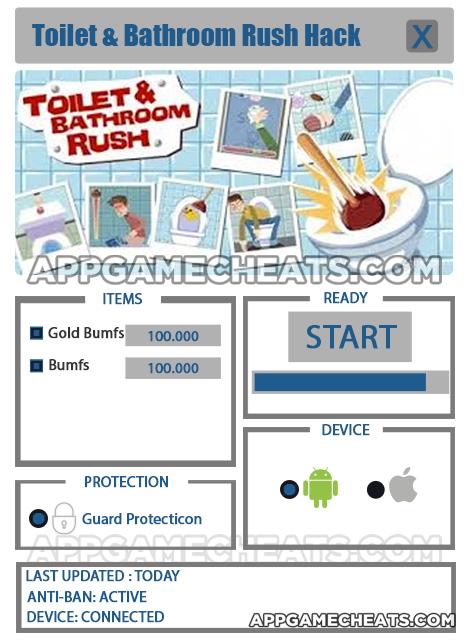


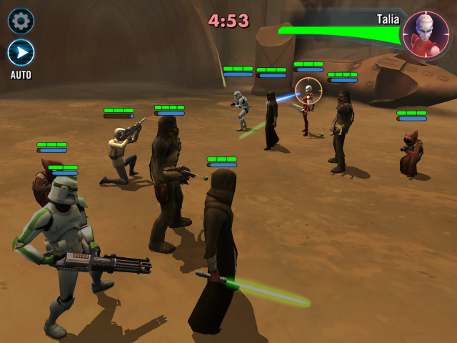
 Close Up Pics Answers All Levels
Close Up Pics Answers All Levels 100 Pics Catchphrases 2 Levels 1-100 Answers
100 Pics Catchphrases 2 Levels 1-100 Answers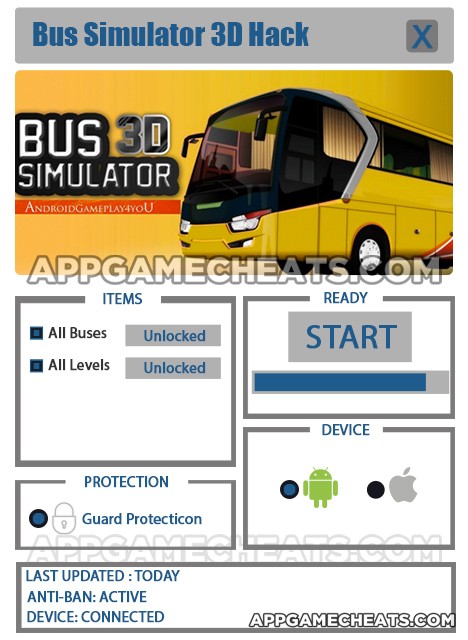 Bus Simulator 3D Hack & Tips for All Buses & All Levels Unlock - AppGameCheats.com
Bus Simulator 3D Hack & Tips for All Buses & All Levels Unlock - AppGameCheats.com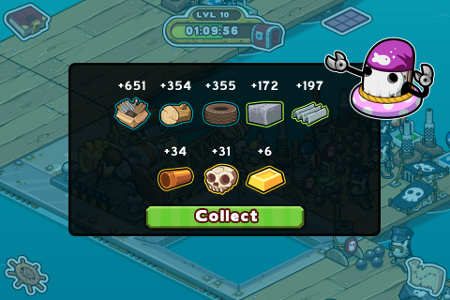 How to make the best barge ever in Raft Pirates - hints, tips, and tricks
How to make the best barge ever in Raft Pirates - hints, tips, and tricks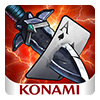 Swords & Poker Wiki Guide FAQ Tips Walkthrough » Wiki Guide Tip
Swords & Poker Wiki Guide FAQ Tips Walkthrough » Wiki Guide Tip